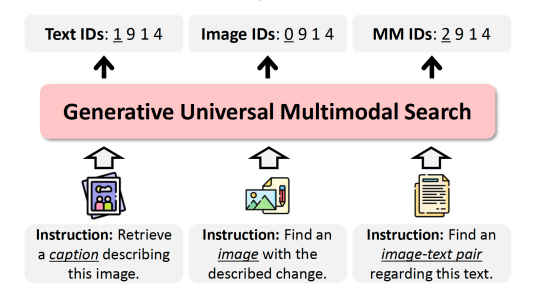Customer-obsessed science


Research areas
-
June 25, 2025With large datasets, directly generating data ID codes from query embeddings is much more efficient than performing pairwise comparisons between queries and candidate responses.
Featured news
-
KDD 2025 Workshop on AI for Supply Chain2025This paper proposes using two metrics to quantify the forecastability of time series prior to model development: the spectral predictability score and the largest Lyapunov exponent. Unlike traditional model evaluation metrics, these measures assess the inherent forecastability characteristics of the data before any forecast attempts. The spectral predictability score evaluates the strength and regularity
-
KDD 2025 Workshop on AI for Supply Chain2025Multi-horizon and multi-lead time forecasting is a well-established area in machine learning, particularly in demand forecasting, which plays a critical role in a product’s lifecycle. Accurate forecasts support key operational functions, including inventory management, financial planning, promotion planning, and supply chain optimization. Traditional demand forecasting methods typically rely on learning
-
KDD 2025 Workshop on AI for Supply Chain2025Large Language Models (LLMs) have recently enabled natural language interfaces that translate user queries into executable SQL, offering a powerful solution for non-technical stakeholders to access structured data. However, one of the limitation that LLMs do not natively express uncertainty makes it difficult to assess the reliability of their generated queries. This paper presents a case study that evaluates
-
KDD 2025 Workshop on AI for Supply Chain2025Modern time series forecasting increasingly relies on complex ensemble models generated by AutoML systems like AutoGluon, delivering superior accuracy but with significant costs to transparency and interpretability. This paper introduces a comprehensive, dual-approach framework that addresses both the explainability and forecastability challenges in complex time series ensembles. First, we develop a surrogate-based
-
KDD 2025 Workshop on AI for Supply Chain2025We propose RSight, a new deep neural network model for product demand forecasting across multiple geographic regions. Our model employs a novel region-enhanced encoder to learn cross regional information. Using a dataset consisting of weekly sales for 15 million products from a large e-commerce company at the US Zip2 level, our method achieves substantial accuracy improvement over existing state-of-the-art
Academia
View allWhether you're a faculty member or student, there are number of ways you can engage with Amazon.
View all





























